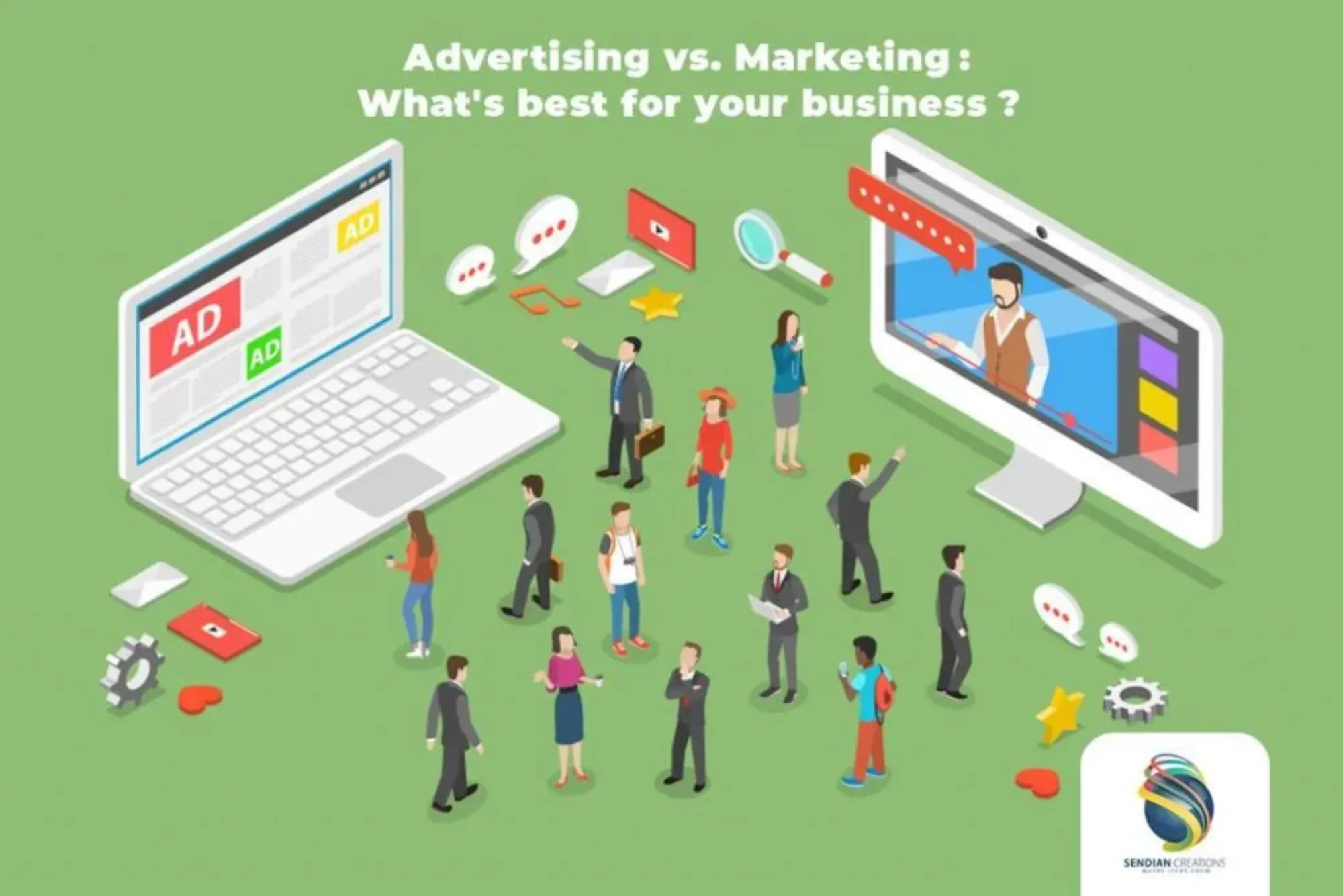In the dynamic realm of business, advertising and marketing stand as pillars for driving brand visibility, customer engagement, and ultimately, revenue generation. However, with the advent of digital technologies and shifting consumer behaviors, traditional approaches to advertising and marketing are undergoing rapid transformations. To thrive in this ever-evolving landscape, businesses must embrace innovation across their advertising and marketing strategies.
Understanding Marketing vs. Advertising:
Defining Marketing:
Marketing encompasses a comprehensive set of activities aimed at promoting products or services, understanding consumer needs, and creating value for customers. It involves market research, product development, pricing, distribution, and promotion strategies.
Defining Advertising:
Advertising, on the other hand, focuses specifically on promoting products or services through paid channels such as television, radio, print media, and digital platforms. While marketing provides the strategic framework, advertising executes the promotional aspect of reaching and persuading target audiences.
The Intersection of Marketing and Advertising:
Integrated Marketing Communications:
Integrated Marketing Communications (IMC) refers to the strategic coordination of various communication channels to deliver a unified and consistent message to target audiences. By integrating advertising efforts with broader marketing initiatives, businesses can amplify their brand messaging and enhance customer engagement.
The Importance of Innovation:
Adopting Innovative Approaches:
Innovation lies at the heart of successful advertising and marketing campaigns. Whether it’s through groundbreaking creative concepts, novel digital technologies, or unconventional marketing tactics, businesses must continuously seek fresh and inventive ways to capture audience attention and differentiate themselves from competitors.
Harnessing Technology:
Digital Marketing Trends:
The digital landscape offers a myriad of opportunities for innovative advertising and marketing strategies. From social media advertising and influencer partnerships to immersive experiences such as augmented reality (AR) and virtual reality (VR), businesses can leverage technology to deliver personalized, interactive, and memorable brand experiences.
Data-Driven Insights:
Data analytics plays a pivotal role in driving innovation in advertising and marketing. By harnessing data insights from consumer behavior, market trends, and campaign performance, businesses can refine their targeting strategies, optimize advertising spend, and deliver more relevant and impactful messaging to their audience.
Creating Compelling Content:
Content Marketing Strategies:
Content marketing has emerged as a powerful tool for engaging audiences and building brand affinity. Through high-quality, informative, and entertaining content such as articles, videos, infographics, and podcasts, businesses can establish thought leadership, foster trust with consumers, and drive organic brand awareness.
Search Engine Optimization (SEO):
Optimizing for Search:
Search Engine Optimization (SEO) remains a fundamental aspect of digital marketing innovation. By optimizing website content, meta tags, and backlink profiles, businesses can improve their visibility in search engine results pages (SERPs) and attract organic traffic from users innovate advertising & marketing actively seeking their products or services.
Building Brand Equity:
Brand Building Strategies:
Building a strong brand is essential for long-term innovate advertising & marketing success in advertising and marketing. By consistently delivering on brand promises, engaging with customers authentically, and cultivating a positive brand image through storytelling and community-building efforts, businesses can create innovate advertising & marketing lasting connections with their audience and differentiate themselves in the market.
Measuring Success:
Key Performance Indicators (KPIs):
Measuring the effectiveness of advertising and marketing campaigns is critical for optimizing performance and driving continuous improvement. Key Performance Indicators (KPIs) such as website traffic, conversion rates, customer acquisition cost (CAC), and return on investment (ROI) provide valuable insights into campaign success and inform strategic decision-making.
Innovate Advertising & Marketing: Thriving in a Dynamic Environment
Innovative advertising and marketing strategies are essential for businesses to stay competitive and resonate with today’s consumers. By embracing creativity, leveraging technology, and prioritizing data-driven insights, businesses can create impactful campaigns that drive brand awareness, engage audiences, and ultimately, achieve business objectives. In a constantly evolving landscape, the ability to innovate across advertising and marketing channels is not just a competitive advantage but a necessity for sustained success.




